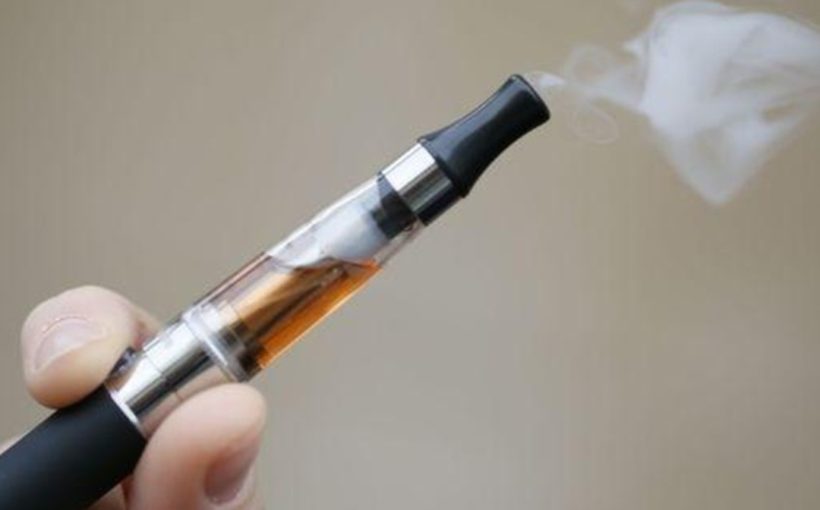Early results of an experimental vaping study have shown significant lung injury from E-cigarette (eC) devices with nickel-chromium alloy heating elements. The findings were consistent, with or without the use of nicotine, vitamin E oil or tetrahydrocannabinol (THC), which have previously been thought to contribute to the life-threatening respiratory problem.
The early results, published in the Journal of the American Heart Association by researchers from the University of California, Irvine (UCI) School of Medicine and the Huntington Medical Research Institutes (HMRI), were observed during a larger study designed to explore the effect of e-cigarette and other vaping product use on the cardiovascular system. While conducting experiments, researchers observed eC or vaping product use-associated lung injury (EVALI) immediately after switching from a vaping device with a stainless steel heating element, to one that used nickel-chromium alloy (NC).
“The results were so impactful, we felt it imperative to release the initial findings early so that electronic cigarette users could be cautioned sooner, especially considering E-cigarette users are at increased risk of COVID-19,” stated senior author Robert A. Kloner, MD, Ph.D., chief science officer for HMRI and professor of medicine at USC.
The switch in devices occurred in September 2019, when the eC device the team was using went off market and a substitute device was offered as an alternative. The new device was physically compatible with the original exposure system, but the heating element changed from stainless steel (SS) to a nickel-chromium alloy (NC).
“Within an hour of beginning an experiment, we observed evidence of severe respiratory distress, including labored breathing, wheezing and panting,” said Michael Kleinman, Ph.D., professor of occupational and environmental medicine at UCI School of Medicine and member of the UCI Center for Occupational and Environmental Health. “After analyzing lung tissue from subjects in the study, we found them to be severely compromised and observed other serious changes such as lung lesions, red blood cell congestion, obliteration of alveolar spaces, and pneumonitis in some cases.”
The current research aimed to study the impacts of breathing in E-cigarette vapors on heart function in a well- established pre-clinical experimental model. Over the course of nearly a year, none of the subjects exposed to vapors from the stainless steel devices, both with and without additives, contracted respiratory distress and only one showed a less than 10% area of inflammation in the lungs. Once the new eC device was introduced, affected subjects showed severe respiratory distress, with labored breathing, wheezing and panting. The lung injury occurred without nicotine, THC, or Vitamin E additives; and may also have been related to higher wattage of power settings on the E-cigarette devices. These preliminary studies will be followed up with additional future studies to systematically try to determine the cause of the lung problem.
“While further research is needed, these results indicate that specific devices and power settings may play a key role in the development of EVALI as much as the additives do,” said Kloner. “The harms associated with E-cigarettes and vaping simply cannot be overstated.”
Vaping has been proven to cause increased blood pressure, endothelial dysfunction, and the risk of myocardial infarction and stroke. Heating elements in commercially available eC are usually made of stainless steel, nickel-chromium or nichrome, Kanthal nickel, or titanium.
A condition, which was dubbed “E-cigarette or vaping product use-associated lung injury” (EVALI) was recognized in the United States in June 2019 and peaked in September 2019. In March 2020, there were 2,800 US cases of EVALI and 68 deaths reported. Patients were typically found to be young males and users of E-cigarettes or vaping products whose CT scans revealed lung inflammation and injury. Of note, EVALI can mimic many of the features of COVID-19 pneumonia.
University of California, Irvine


